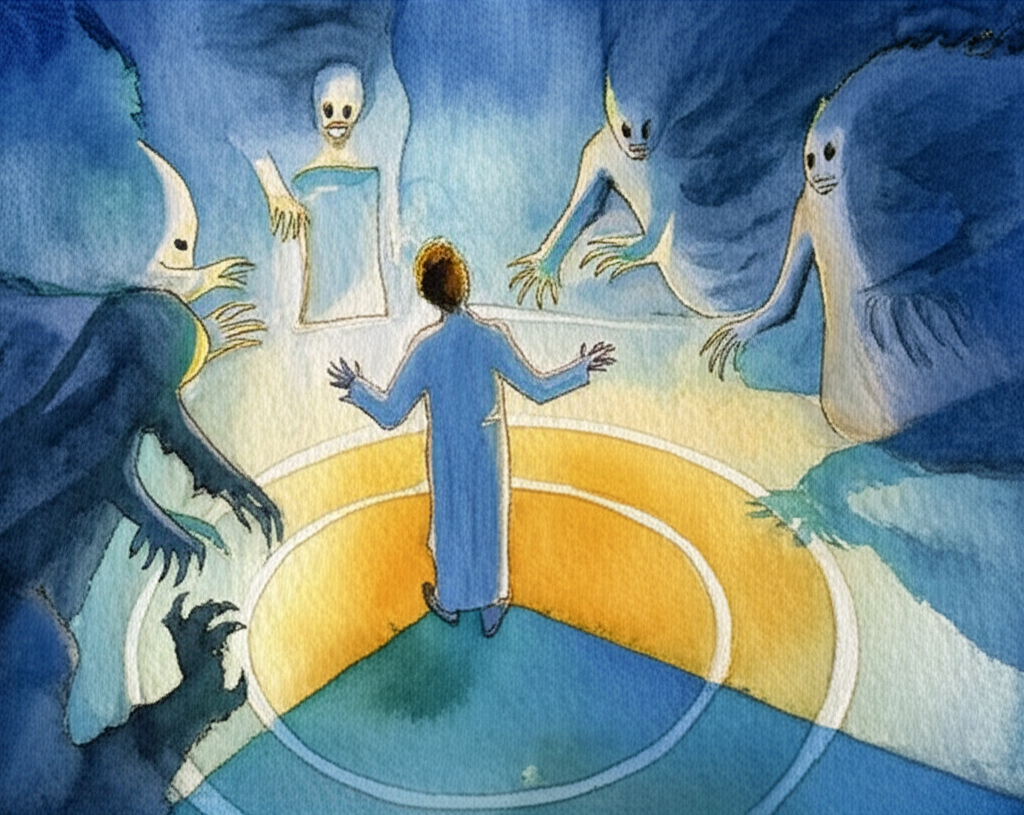
The belief that evil spirits are powerless against a person standing inside a circle is a widespread superstition with deep roots in ancient magic, religious beliefs, and folk traditions. This seemingly simple concept encompasses a complex history spanning millennia and various cultures.
Historical Background: The idea of the circle as a protective barrier dates back to ancient civilizations. The Babylonians, Assyrians, and early Kabbalists are known to have employed circles in their magical practices, considering them havens during incantations. They believed that these circles, physically created with materials like salt, chalk, or dust, transcended the physical realm to become metaphysical shields, offering protection from all directions. This suggests a primal understanding of the circle as a symbol of containment and defense against unseen forces.
Cultural Beliefs: The circle’s symbolism extends beyond mere protection. It is often associated with completeness, eternity, and cyclical processes, reflecting a holistic worldview prevalent in many cultures. The familiar wedding ring serves as a secular example of the circle’s enduring symbolic power. Within a magical context, the circle represented a contained and controlled space, critical for ceremonial magicians of the Middle Ages who believed it was essential for safeguarding themselves from the potentially malevolent influence of spirits, both good and evil, summoned through their spells.
Evolution of the Superstition: During the medieval period, despite the Church’s discouragement of magic, belief in the protective properties of the circle persisted as an integral part of folk religion. The intense fear of the Devil, actively propagated by the Church, ironically strengthened belief in the necessity of magical protection. Spells, including the use of protective circles, were often sought to counter misfortunes attributed to demonic interference or the Devil’s machinations. Some medieval magicians even attempted to enhance the circle’s protective power by inscribing the names of archangels within it, seeking divine intervention.
Modern Interpretations: The modern understanding and perpetuation of this superstition can be largely attributed to the revival of magic in the late nineteenth and early twentieth centuries. Magical orders like the Golden Dawn played a pivotal role, fostering spiritual development, ritualistic practices, and influencing the development of Occultism in the West. Today, the concept of the magic circle remains relevant in contemporary paganism, particularly within Wicca, where it is used to both harness positive energy and create a defensive boundary during magical rites. In these modern practices, the circle serves not only as a physical space but also as a symbolic representation of sacred space and focused intention, a tangible link to ancient traditions and beliefs.